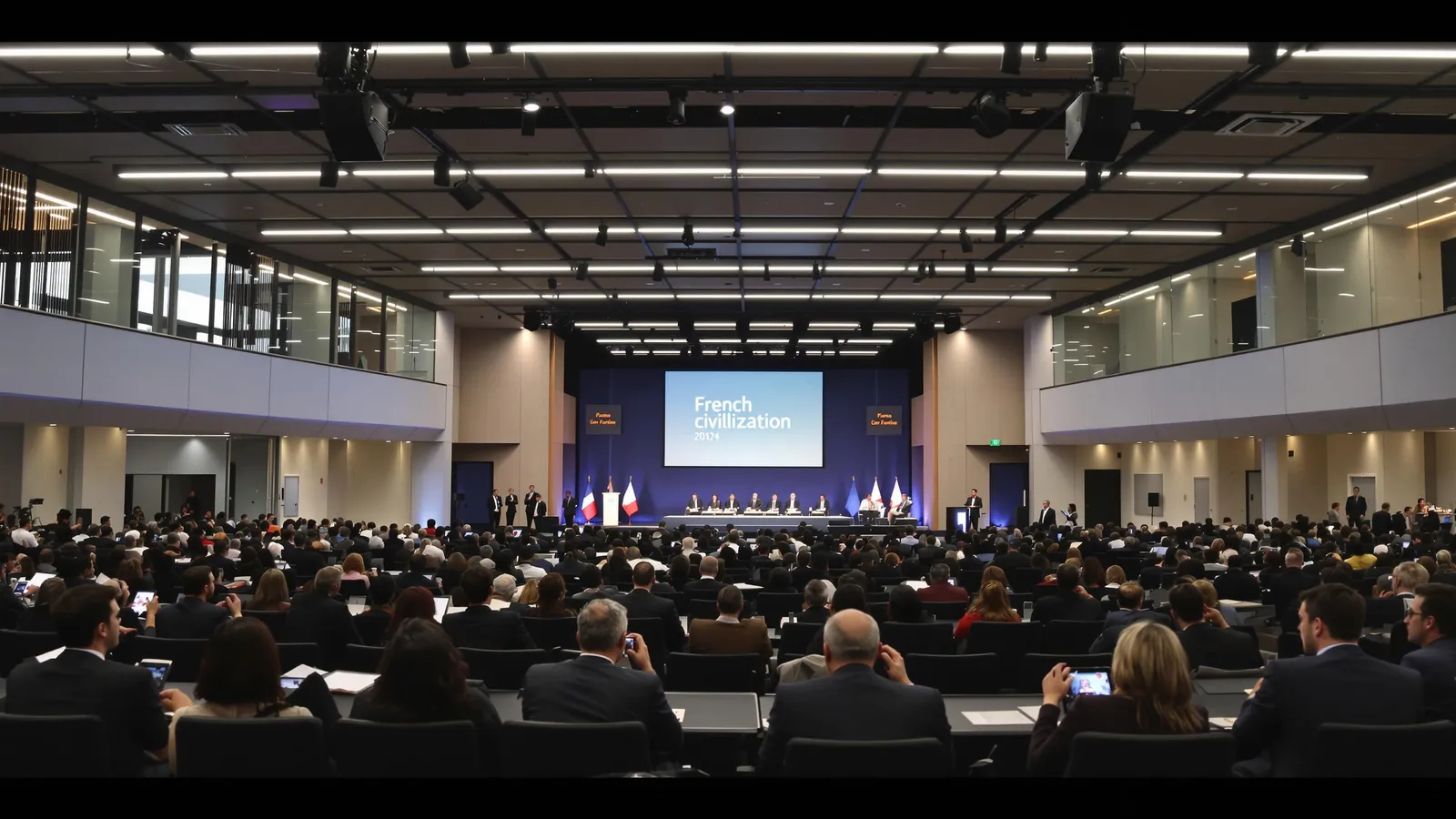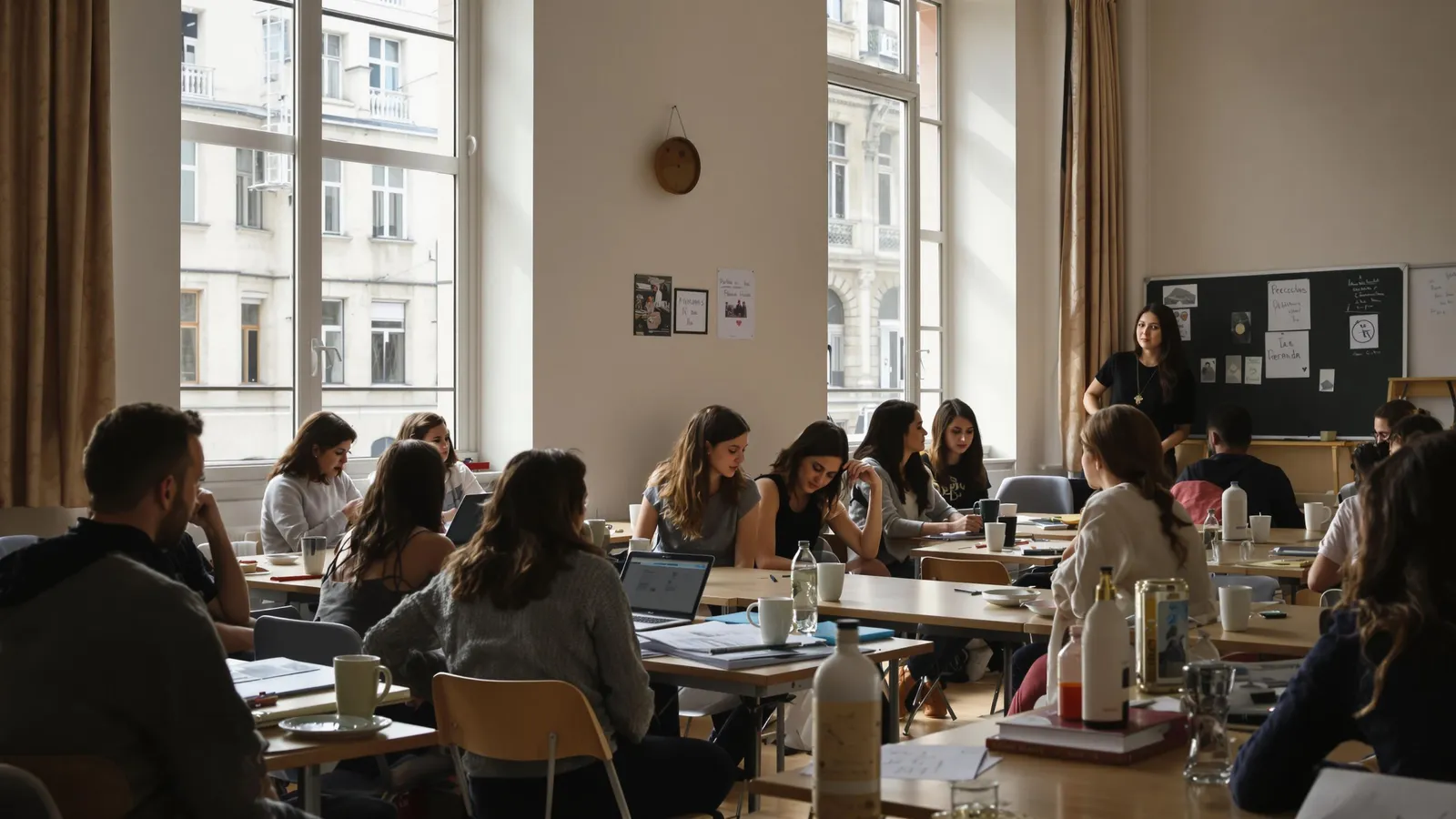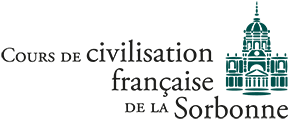The National Library of France (BnF) embodies the quintessence of French cultural and historical richness. Founded in the Middle Ages, it has evolved over the centuries to become one of the world’s most prestigious libraries, housing an exceptional collection of rare and precious documents.
Origins and History
The genesis of the BnF dates back to the reign of Charles V in the 14th century. The royal collection of manuscripts gradually expanded, and the library was officially established under Louis XIV. Over centuries, it underwent various relocations and structural evolutions : the BnF is nowadays spread across three Parisian sites: the François Mitterrand site, the Richelieu site, and the Arsenal site. Dominique Perrault’s modern architecture, characterized by towers resembling open books, added a contemporary dimension to this centuries-old institution.
Purpose and missions
Under the authority of the Ministry of Culture, the BnF mission is to gather, archive, and preserve French (but non only) publications and editions. It is also responsible for the conservation and restoration of heritage from previous collections acquired through various means such as donations, bequests, and acquisitions. In addition to these responsibilities, the BnF actively engages in research initiatives and knowledge dissemination. This is accomplished by organizing exhibitions accessible to the public and various cultural events.
Collections and treasures
The BnF houses a plethora of literary, artistic, and historical treasures. Its collection spans millions of documents, including medieval manuscripts, incunabula, rare books, prints, photographs, and even musical scores. Masterpieces include the Gutenberg Bible, the Très Riches Heures du duc de Berry, manuscripts of Marcel Proust, and numerous manuscripts dating back to antiquity. The Maps and Plans department, rich in thousands of geographical maps, offers a visual journey through the ages. Special sections dedicated to literature, history, science, and arts make the BnF a reference for researchers worldwide.
Technological innovations and accessibility
The BnF not only preserves the past but also embraces the future through innovative initiatives. It played a pioneering role in digitizing its collections, making thousands of documents accessible online. It is known for its digital library “Gallica,” allowing direct online access to 7,600,000 diverse documents. This approach democratized access to culture and knowledge, expanding its reach beyond the physical borders of the library. Reading spaces, designed to blend comfort and modernity, welcome researchers, students, and enthusiasts. Temporary exhibitions and cultural events breathe life into the spaces, creating a dynamic dialogue between ancient heritage and contemporary creativity.
The François-Mitterrand Site and its towers
The François-Mitterrand site, opened in 1996, is an architectural feat : its famous four glass towers have become iconic in the Parisian landscape: they house different specialized collections, providing a bright and airy space for visitors. Thanks to this site, researchers and students can ascess vast workspaces equipped with modern furniture and technology.









